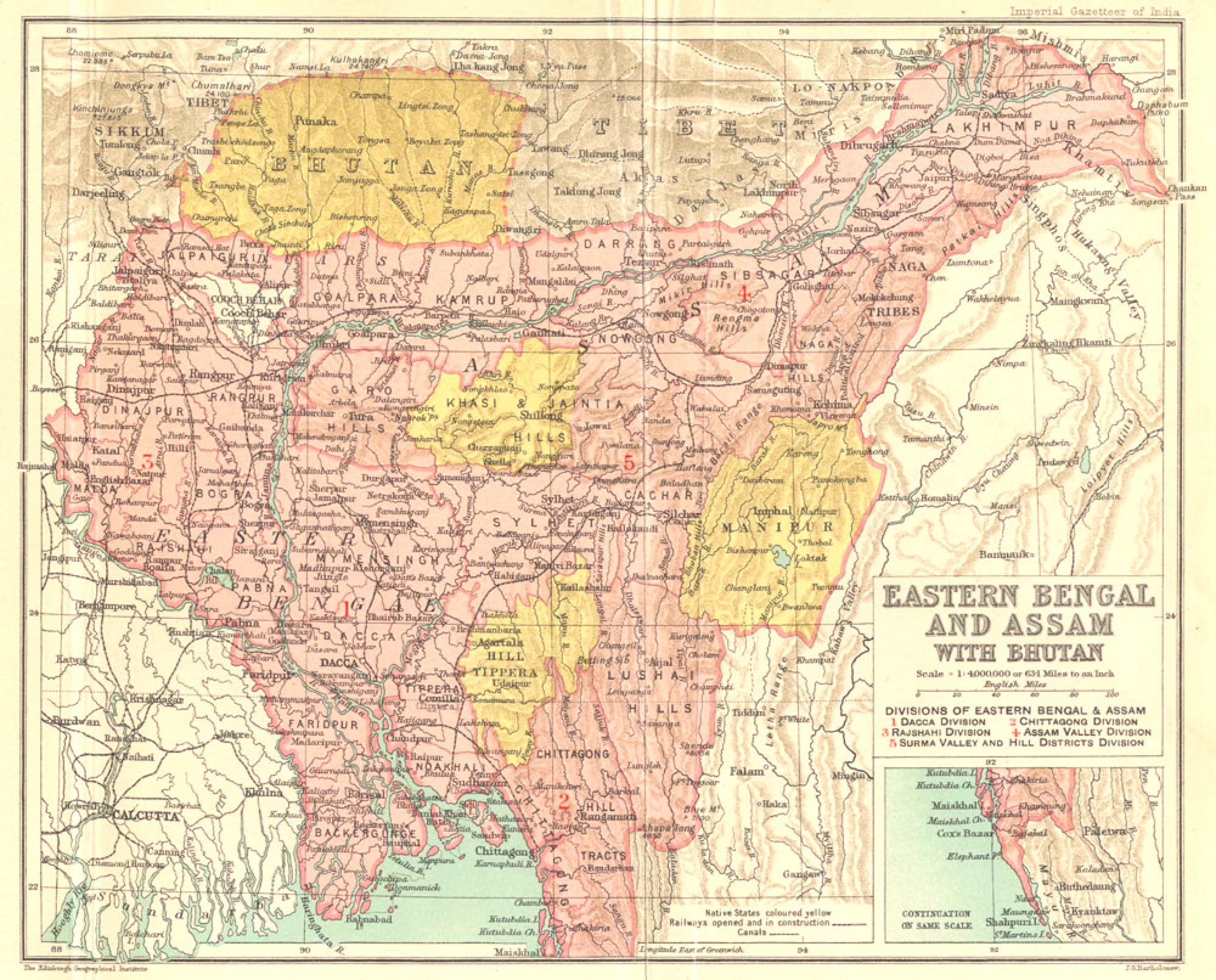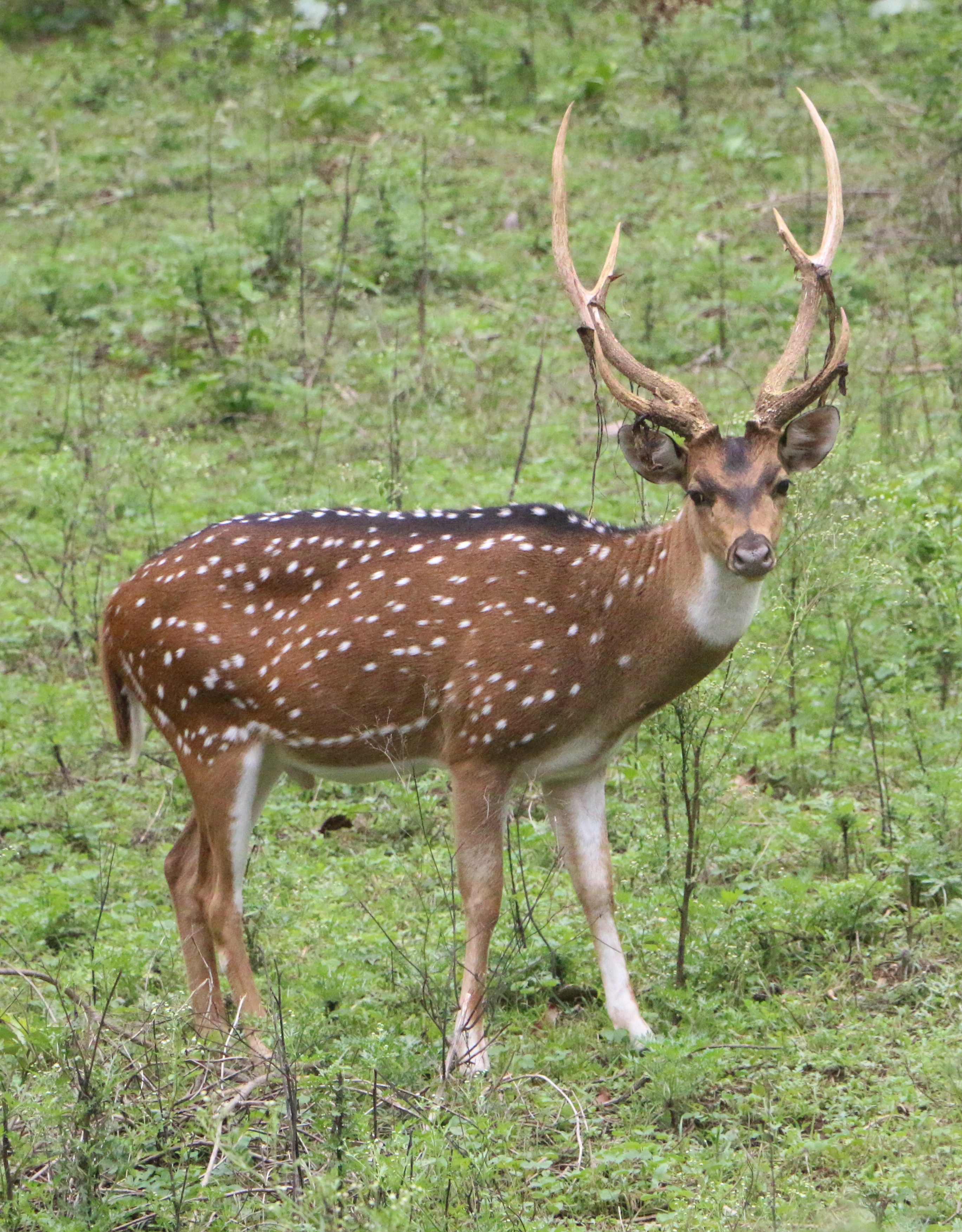|
Panidihing Bird Sanctuary
Pani-Dihing Bird Sanctuary ( as, পানী দিহিং অভয়াৰণ্য) is a bird sanctuary located in Sivasagar district, Assam. It is away from Sivasagar town. This protected area was established as a Bird Sanctuary in August 1996 by the Government of Assam. It was identified as a potential bird sanctuary in late 1980s. The first systematic ornithological surveys in the area was conducted by noted conservationist Dr Anwaruddin Choudhury in 1987-88. Pani-Dihing is a complex of grassland and wetland. Some of the wetlands including channels or beels include Tokia, Jarjaria, Boloma, Dighali, Singorajan, Sagunpora, Kandhulijan, Fulai and Gaiguma. A detailed background of Pani-Dihing has also been published. Pani-Dihing and adjacent areas is on the global map being an Important Bird & Biodiversity Area Climate The climate of the area is tropical monsoon and annual temperature ranges between 7-38 degree Celsius annually. Annual rainfall is approximately 2400–3 ... [...More Info...] [...Related Items...] OR: [Wikipedia] [Google] [Baidu] |
Assam
Assam (; ) is a state in northeastern India, south of the eastern Himalayas along the Brahmaputra and Barak River valleys. Assam covers an area of . The state is bordered by Bhutan and Arunachal Pradesh to the north; Nagaland and Manipur to the east; Meghalaya, Tripura, Mizoram and Bangladesh to the south; and West Bengal to the west via the Siliguri Corridor, a wide strip of land that connects the state to the rest of India. Assamese language, Assamese and Boro language (India), Boro are the official languages of Assam, while Bengali language, Bengali is an additional official language in the Barak Valley. Assam is known for Assam tea and Assam silk. The state was the first site for Oil well, oil drilling in Asia. Assam is home to the one-horned Indian rhinoceros, along with the wild water buffalo, pygmy hog, tiger and various species of Asiatic birds, and provides one of the last wild habitats for the Asian elephant. The Economy of Assam, Assamese economy is aided by w ... [...More Info...] [...Related Items...] OR: [Wikipedia] [Google] [Baidu] |
Ferruginous Duck
The ferruginous duck (''Aythya nyroca''), also known as ferruginous pochard, common white-eye or white-eyed pochard, is a medium-sized diving duck from Eurosiberia. The scientific name is derived from Greek '' aithuia'' an unidentified seabird mentioned by authors including Hesychius and Aristotle, and ''nyrok'', the Russian name for a duck. Description The breeding male is a rich, dark chestnut on the head, breast and flanks with contrasting pure white undertail coverts. In flight the white belly and underwing patch are visible. The females are duller and browner than the males. The male has a yellow eye and the females have a dark eye. Habitat The ferruginous duck prefers quite shallow fresh waterbodies with rich submerged and floating vegetation with dense stands of emergent vegetation on the margins. In some areas it will use saline or brackish pools or wetlands. On passage and wintering will also frequent coastal waters, inland seas and large, open lagoons. Distributi ... [...More Info...] [...Related Items...] OR: [Wikipedia] [Google] [Baidu] |
Hog Deer
''Axis'' is a genus of deer occurring in South and Southeast Asia. As presently defined by most authorities, four species are placed in the genus. Three of the four species are called hog deer. The genus name is a word mentioned in Pliny the Elder's Natural History. Species Following the third edition of ''Mammal Species of the World'' from 2005, which is also followed by the American Society of Mammalogists The American Society of Mammalogists (ASM) was founded in 1919. Its primary purpose is to encourage the study of mammals, and professions studying them. There are over 4,500 members of this society, and they are primarily professional scientists ..., four species are placed in ''Axis''. These four species are divided into two subgenera; ''Axis'' containing the chital, and ''Hyelaphus'' containing the 3 others. References {{Taxonbar, from=Q783065 Axis Cervines Mammal genera Taxa named by Charles Hamilton Smith ... [...More Info...] [...Related Items...] OR: [Wikipedia] [Google] [Baidu] |
Wild Elephants
Wild, wild, wilds or wild may refer to: Common meanings * Wild animal * Wilderness, a wild natural environment * Wildness, the quality of being wild or untamed Art, media and entertainment Film and television * ''Wild'' (2014 film), a 2014 American film from the 2012 book * ''Wild'' (2016 film), a 2016 German film * ''The Wild'', a 2006 Disney 3D animation film * ''Wild'' (TV series), a 2006 American documentary television series * The Wilds (TV series), a 2020 fictional television series Literature * '' Wild: From Lost to Found on the Pacific Crest Trail'' a 2012 non-fiction book by Cheryl Strayed * ''Wild, An elemental Journey'', a 2006 autobiographical book by Jay Griffiths * ''The Wild'' (novel), a 1991 novel by Whitley Strieber * ''The Wild'', a science fiction novel by David Zindell * ''The Wilds'', a 1998 limited-edition horror novel by Richard Laymon Music * ''Wild'' (band), a five-piece classical female group Albums and EPs * ''Wild'' (EP), 2015 * ''Wild'', a 1 ... [...More Info...] [...Related Items...] OR: [Wikipedia] [Google] [Baidu] |
Tiger
The tiger (''Panthera tigris'') is the largest living cat species and a member of the genus '' Panthera''. It is most recognisable for its dark vertical stripes on orange fur with a white underside. An apex predator, it primarily preys on ungulates, such as deer and wild boar. It is territorial and generally a solitary but social predator, requiring large contiguous areas of habitat to support its requirements for prey and rearing of its offspring. Tiger cubs stay with their mother for about two years and then become independent, leaving their mother's home range to establish their own. The tiger was first scientifically described in 1758. It once ranged widely from the Eastern Anatolia Region in the west to the Amur River basin in the east, and in the south from the foothills of the Himalayas to Bali in the Sunda Islands. Since the early 20th century, tiger populations have lost at least 93% of their historic range and have been extirpated from Western and Cen ... [...More Info...] [...Related Items...] OR: [Wikipedia] [Google] [Baidu] |
Great Indian One-horned Rhinoceros
} The Indian rhinoceros (''Rhinoceros unicornis''), also called the Indian rhino, greater one-horned rhinoceros or great Indian rhinoceros, is a rhinoceros species native to the Indian subcontinent. It is listed as Vulnerable on the IUCN Red List, as populations are fragmented and restricted to less than . Moreover, the extent and quality of the rhino's most important habitat, the alluvial Terai-Duar savanna and grasslands and riverine forest, is considered to be in decline due to human and livestock encroachment. As of August 2018, the global population was estimated to comprise 3,588 individuals, including 2,939 individuals in India and 649 in Nepal. Kaziranga National Park alone had an estimated population of 2,048 rhinos in 2009. Pobitora Wildlife Sanctuary in Assam has the highest density of Indian rhinos in the world with 84 individuals in an area of in 2009. Indian rhinos once ranged throughout the entire stretch of the Indo-Gangetic Plain, but excessive hunting and agr ... [...More Info...] [...Related Items...] OR: [Wikipedia] [Google] [Baidu] |
Bank Myna
The bank myna (''Acridotheres ginginianus'') is a myna found in the northern parts of South Asia. It is smaller but similar in colouration to the common myna, only differing in having brick-red naked skin behind the eyes instead of yellow. It is greyer on the underside and in this and in the presence of a slight tuft of feathers bears some resemblance to the jungle myna. They are found in flocks on the plains of northern and central India, often within towns and cities. Their range appears to be extending southwards into India. The name is derived from their habit of nesting almost exclusively in the earthen banks of rivers, where they excavate burrows and breed in large colonies. Description The head is black on the crown and sides and the upper plumage is slaty grey while the underside is lighter grey with pale pink plumage towards the centre of the abdomen. The wing is black but has a wing patch at the base of the primaries and the tips of the outer tail feathers are pale p ... [...More Info...] [...Related Items...] OR: [Wikipedia] [Google] [Baidu] |
White-rumped Vulture
The white-rumped vulture (''Gyps bengalensis'') is an Old World vulture native to South and Southeast Asia. It has been listed as Critically Endangered on the IUCN Red List since 2000, as the population severely declined. White-rumped vultures die of kidney failure caused by diclofenac poisoning. In the 1980s, the global population was estimated at several million individuals, and it was thought to be "the most abundant large bird of prey in the world". As of 2021, the global population was estimated at less than 6,000 mature individuals. It is closely related to the European griffon vulture (''Gyps fulvus''). At one time it was believed to be closer to the white-backed vulture of Africa and was known as the Oriental white-backed vulture. Taxonomy The white-rumped vulture was formally described in 1788 by the German naturalist Johann Friedrich Gmelin in his revised and expanded edition of Carl Linnaeus's ''Systema Naturae''. He placed it with the vultures in the genus '' Vultur ... [...More Info...] [...Related Items...] OR: [Wikipedia] [Google] [Baidu] |
Grey Plover
The grey plover or black-bellied plover (''Pluvialis squatarola'') is a large plover breeding in Arctic regions. It is a long-distance migrant, with a nearly worldwide coastal distribution when not breeding. Taxonomy The grey plover was formally described by the Swedish naturalist Carl Linnaeus in 1758 in the tenth edition of his ''Systema Naturae'' under the binomial name ''Tringa squatarola''. It is now placed with three other plovers in the genus '' Pluvialis'' that was introduced by the French onithologist Mathurin Jacques Brisson in 1760. The genus name is Latin and means relating to rain, from ''pluvia'', "rain". It was believed that they flocked when rain was imminent. The species name ''squatarola'' is a Latinised version of ''Sgatarola'', a Venetian name for some kind of plover. The English common name used for this species differs in different parts of the world. It is generally known as "grey plover" in the Old World and "black-bellied plover" in the New World. T ... [...More Info...] [...Related Items...] OR: [Wikipedia] [Google] [Baidu] |
Glossy Ibis
The glossy ibis (''Plegadis falcinellus'') is a water bird in the order Pelecaniformes and the ibis and spoonbill family Threskiornithidae. The scientific name derives from Ancient Greek ''plegados'' and Latin, ''falcis'', both meaning "sickle" and referring to the distinctive shape of the bill. Distribution This is the most widespread ibis species, breeding in scattered sites in warm regions of Europe, Asia, Africa, Australia, and the Atlantic and Caribbean regions of the Americas. It is thought to have originated in the Old World and spread naturally from Africa to northern South America in the 19th century, from where it spread to North America. The glossy ibis was first found in the New World in 1817 (New Jersey). Audubon saw the species just once in Florida in 1832. It expanded its range substantially northwards in the 1940s and to the west in the 1980s. This species is migratory; most European birds winter in Africa, and in North America birds from north of the Caroli ... [...More Info...] [...Related Items...] OR: [Wikipedia] [Google] [Baidu] |
White-necked Stork
The Asian woolly-necked stork or Asian woollyneck (''Ciconia episcopus'') is a species of large wading bird in the stork family Ciconiidae. It breeds singly, or in small loose colonies. It is distributed in a wide variety of habitats including marshes in forests, agricultural areas, and freshwater wetlands across Asia. Taxonomy The woolly-necked stork was described by the French polymath Georges-Louis Leclerc, Comte de Buffon in 1780 in his ''Histoire Naturelle des Oiseaux'' from a specimen collected from the Coromandel Coast of India. The bird was also illustrated in a hand-coloured plate engraved by François-Nicolas Martinet in the ''Planches Enluminées D'Histoire Naturelle'' which was produced under the supervision of Edme-Louis Daubenton to accompany Buffon's text. Neither the plate caption nor Buffon's description included a scientific name but in 1783 the Dutch naturalist Pieter Boddaert coined the binomial name ''Ardea episcopus'' in his catalogue of the ''Planches Enl ... [...More Info...] [...Related Items...] OR: [Wikipedia] [Google] [Baidu] |



.jpg)


.jpg)